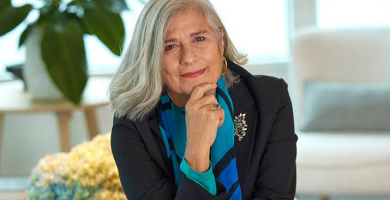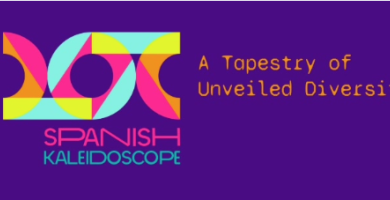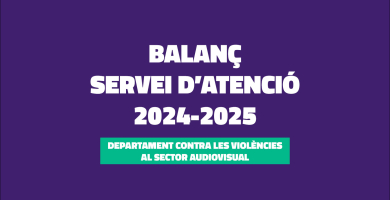
ANDRÉS CORÓN: "Both when modelling and when creating a Groom, everything is based on real references. Even when you create characters like Sonic, you always look at real references of animals."
This month we interview Andrés Corón, Groom Lead in Jellyfish Pictures based in London. He worked on films such as the Star Wars saga, Sonic the Hedgehog, Fast & Furious 9 and The Voyage of Doctor Dolittle. With him we discover a part of the VFX industry, the groom, maybe not so well-known by the general public.

You work as Groom Lead for Jellyfish Pictures. Can you tell us what a Groom Lead or Groom TD is and what your work consists of?
Grooming is the digital creation of hair. We are specialized in creating both the fur for animals or fictitious creatures and the hair for the digital doubles of actors. For example, when there is an action scene in Fast & Furious 9 in which the actor is replaced with a digital double because it is too dangerous, as groomers we create their hair, beard, eyebrows, etc. For animals, for example, I made the fur for the gorilla and the polar bear in the last Dolittle film, and for fictitious creatures, for example, in Sonic.
In Jellyfish, I am now completing an animated film in which I create the hair and fur for many characters. As Groom Lead, I lead the Groom department in the project and I am in charge of ensuring that all the (hair) grooms are very well made and of helping the rest of the Groom Artists to improve theirs.
Grooming is a very specific field. Why did you choose this area in which you work a lot with the hair of the characters?
In the VFX (visual effects) industry in the United Kingdom, above all in very big companies, the roles are highly specialized because, in order to achieve the level of realism desired, they need experts in each branch. For example, someone who does lighting only lights the shots created digitally, and the Texture Artist only creates textures, for example deciding on the colour of the hair.
In smaller companies, the same person may end up having more than one role. Indeed, I began working in VFX as a modeller, creating the digital characters and objects of films, and in one of the companies where I was working they needed a Groom Artist, and they offered me the possibility of combining the two roles. However, from then on, I liked Grooming so much that I decided to focus my career on this specialization. And when I moved to big companies, like MPC and Double Negative, I was already hired as a Groom Artist.
In Jellyfish, I have obviously gone one step further, becoming Groom Lead. Apart from Groom, I’m also in charge of the Finalling department, which is quite specific to animation companies. In this role I ensure that all the elements of a shot, coming from all the rest of the departments, go together correctly.
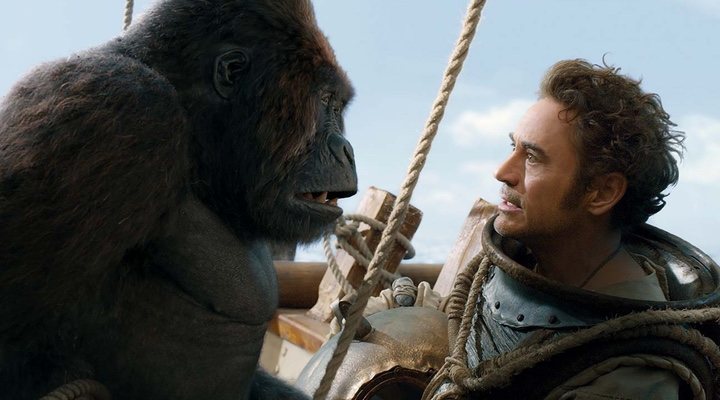
What differences are there between your work as a Groom and what you do concerning 3-D modelling?
Modelling is based on creating and defining the shape of the object, without textures, without hair, etc. On the other hand, as a Groom, you only define the hair.
What creative process do you follow when doing modelling or doing the Groom for a character?
Both when modelling and when creating a Groom, everything is based on real references. Even when you create characters like Sonic, you always look at real references of animals, etc. Then you can begin to make creative decisions such as, for example, whether the hair is coarser, thicker, longer, etc., depending on the look that you want to give it. But on other occasions, for example, such as when you create digital doubles, you have photos of the actor from all angles, and as a groomer you have to copy exactly the same look as in the photograph.
In actual fact, what we often do to check that everything works right is to have an image of what your character is based on, whether an animal or a person, together with the digital creation, and the objective is for it to be difficult to recognize which is the real one and which is the digital one.
How did your interest in 3-D modelling and digital composition arise? Did you always want to work in this or did your experience bring you to the sector?
I have always been very interested in films, and I ended up in the sector in quite a natural way, despite the fact that when I finished my degree in Audiovisual Communication the world was in the midst of an economic crisis which did not offer very many opportunities in general, and in our sector in particular - at that time, Spain was not yet the hub that it has become in recent years. While working in something not related to the sector, I began to do VFX tutorials in my spare time and to save up to be able to go to London and take a specialized course. This finally occurred in 2013, and since then I have been in the sector.
You have worked on films like Fast & Furious 9, Sonic the Hedgehog, The Voyage of Doctor Dolittle, Cats, Ready Player One and the Star Wars saga. Which projects made the biggest mark on you and why? And what did your work consist of?
Star Wars was a great moment. It was my first credit as a VFX Artist and, moreover, for a saga which I have admired since I was small. At that time, I was working as a modeller for a company which made all of the film’s props – objects such as the characters’ helmets and swords, for example, using 3-D printing. As a curious anecdote, since the company was based in Pinewood Studios, we often visited the film set, including the inside of the Millennium Falcon.
As a Groom Artist, I would say that Sonic is the one that has marked me the most so far, since after the failure of the first trailer the production company and the director finally gave the VFX company creative freedom to be able to create again, from scratch, the character which is seen in the final product. We moreover achieved this in a very short time frame.
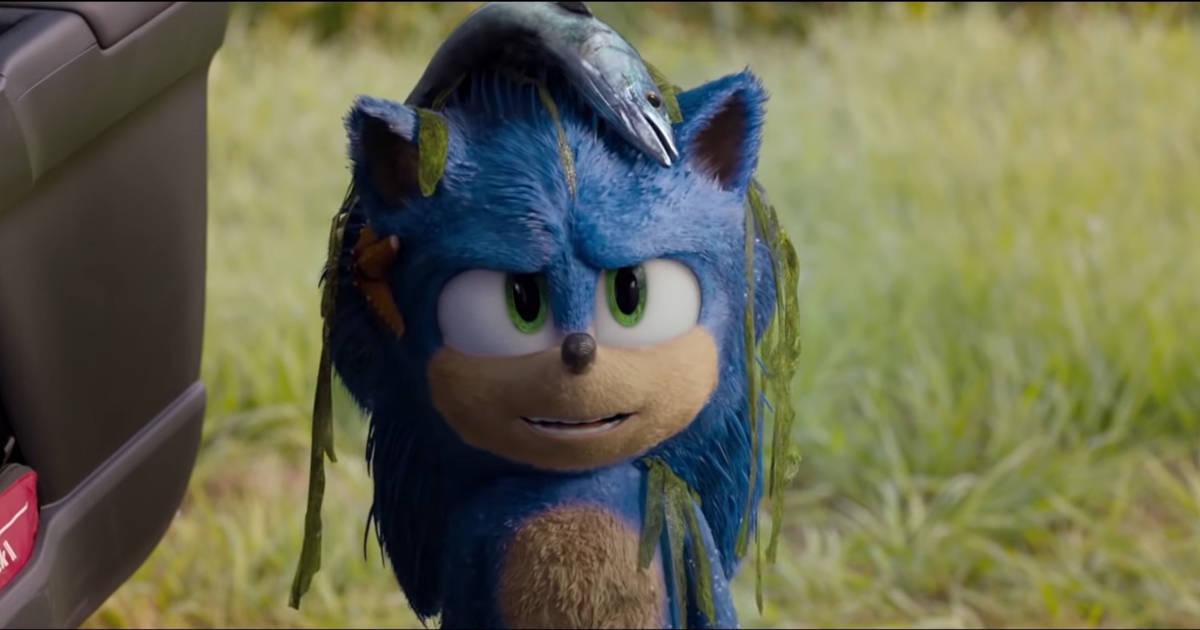
With big productions, it is usual for the special effects to be made in different parts of the world. Does this greatly complicate the process? What difficulties do you encounter when working on these big projects?
The United Kingdom, at least until the present day (we will see what happens with Brexit) is the world’s main VFX hub, together with Canada, and Weta Digital in New Zealand, among others, thanks to tax incentives. It is very common to be working on projects in which the film’s main VFX Supervisor lives in another country and time zone. British companies have created branches in Canada and India, allowing them to be working on the same film 24 hours a day. As the operation of a VFX company is so compartmentalized, this global operation does not represent a problem on a practical level.
We suppose that working remotely helps you with your work, because you can do it from anywhere. What are the advantages and disadvantages of working like that?
In general, personally I like to work remotely, despite the fact that I recognize that, like everything, it has its advantages and disadvantages. For a start, in London the average time that you take to get to the office is from 40-60 min, without counting the cost of the transport, which in London is much more expensive. It is a great advantage to save this and you gain many hours during the day. But it is also true that when working from home it is easier to end up doing extra hours.
In the VFX companies of the United Kingdom, almost 40% of the staff are non-British citizens, and working remotely has allowed many to return home but to be able to continue working for the same companies. I hope that this practice becomes normal in the future, and you don’t have to go to the United Kingdom or Canada to work on certain projects.
What kind of projects do you enjoy most?
What I like most is creating the groom for animals and fictitious creatures.
You currently live in the United Kingdom. Did you move for work reasons? What differences do you see between working there and the industry here?
Yes, I moved to work in VFX, and I have been living in the United Kingdom for eight years. It is true that I have never worked in the visual effects sector in Spain. Even so, I think that the main difference is the size of the projects. British companies work on projects for very big American studios. There is an increasingly big number of Spanish companies working with this type of projects, such as El Ranchito, which worked with Game of Thrones and The Mandalorian, or Ilion which has an agreement with Skydance.
What recommendations would you give to someone who wants to work in this?
In my experience, I think that it is necessary to devote many hours to it, to have a self-learning spirit, and patience. This is changing now, but one of the big differences between Spain and the United Kingdom is that, until very recently, in Spain there were no specialized studies in VFX and, therefore, talent which wanted to be devoted to this was either self-taught or went abroad, with the danger that this talent is not then recovered. For example, in the United Kingdom there is a specific university degree in VFX.
What training does someone who wants to work as a Groom TD or to do digital composition need to receive?
From specialization courses to tutorials, attending conferences and doing networking, etc. There is a great deal of content on line to be able to learn and improve. You also need to have the curiosity and willpower to always continue investigating new techniques, software and tools.
I suppose that the health crisis has also affected your work, like everyone else. Has your way of working changed?
Actually, the biggest change has been to start working remotely. Before the pandemic, VFX companies were very reluctant to let you work remotely because they were afraid of filtrations of their projects. At present, all of the companies are working remotely without any kind of problem, and many are considering, when we go back to “normal”, not going back to the previous model, but probably a hybrid model between in person and remote.
The VFX companies are also clearly noting the reduction in the number of projects since, because of the pandemic, the shoots stopped for many months and even now, when they are beginning to shoot again, the volume of productions is not the same.
What are your future projects, if we can talk about them?
My next project with Jellyfish is another animation with Dreamworks, which I can’t disclose!





